From Dakar to Dar es Salaam, from Bamako to Goma, the pulse is the same: that of young people who no longer accept that Africa’s future be designed outside of Africa. The Tanzanian protests, with all their ambiguity, are part of this continental awakening.
From Dakar to Dar es Salaam, from Bamako to Goma, the pulse is the same: that of young people who no longer accept that Africa’s future be designed outside of Africa. The Tanzanian protests, with all their ambiguity, are part of this continental awakening.
By Beto Cremonte* –
Amid sustained economic growth and a discourse of modernization, Tanzania faces its darkest hour since independence. Youth protests, state repression, and external interests raise a larger question: are we witnessing a popular uprising or the beginning of a new color revolution?
In Africa, we are witnessing a wave of sovereignist uprisings, color revolutions, and mobilizations resisting the status quo of the ruling elites, many of whom remain in power thanks to enormous agreements with imperial and/or colonial powers. Even today, it seems unthinkable, but there are countries where history appears to be repeating itself, albeit under different names, where hopes for independence are disguised as modernity, and where rhetoric of progress conceals, beneath a veneer of development, the old mechanisms of colonial control.
Tanzania, that land that once dreamed of an African socialism distinct from that of Moscow and Washington, based on principles that could be established within a nascent Pan-Africanism, is once again at the heart of this contradiction: a country that grows, yet struggles to breathe; that advances in terms of statistics, yet regresses in terms of rights; that promises sovereignty while reinforcing a power structure that grows increasingly alien to its people. Today, Tanzania is far removed from the dream of “ujumaa” envisioned by Julius Kambarage Nyerere, known as “Mwalimu” (teacher in Swahili), which envisioned a form of communal socialism inspired by rural African traditions, seeking to build a self-managed, egalitarian, and decolonized economy. Clearly, the government inherited from, but confirmed at the polls by, Samia Suluhu Hassan is heading in a direction contrary to Nyerere’s.
Since the beginning of November, Dar es Salaam has smelled of tear gas. The streets, where Julius Nyerere once envisioned the possibility of a state of social justice and dignity, are now filled with young people shouting for democracy, for food, for jobs, for a future. But the government is not listening. Samia Suluhu Hassan, the president whom many had welcomed with hope after the death of John Magufuli, has just won 97.66% of the vote in an election that no one believes was fair.
His victory was proclaimed by the National Election Commission on November 1, 2025, amidst media censorship, internet shutdowns, and military repression. The opposition, led by Tundu Lissu, denounced massive fraud and political persecution: his party, Chama cha Demokrasia na Maendeleo (CHADEMA), was directly excluded from the process. Beyond the technical details and the grandiose names of parties and candidates, the crucial point is that at least 700 people died in the protests following the elections, although local organizations report a higher number, impossible to verify due to the information blackout imposed by Hassan’s regime.
Ujamaa: Another time, another dream.
The ujamaa (a Swahili word meaning “family”, “community” or “brotherhood”), as we have already mentioned, was the political, economic and philosophical project promoted by Julius Nyerere, the first president of Tanzania, after independence in 1961. More than a simple economic program, the ujamaa was the most coherent attempt to build an African socialism from the cultural and communal roots of the continent, without copying European, capitalist or Soviet models.
Nyerere believed that colonialism had not only plundered African resources but also the collective ways of life that sustained rural communities. According to him, before colonization, African villages functioned cooperatively: labor, land, and harvest were shared by all. It wasn’t until 1967, with the Arusha Declaration, that Tanzania officially adopted this model, the jumaa. From then on, the state promoted the relocation of millions of peasants to communal villages, where land would be worked collectively and basic services such as schools, clinics, and clean water would be guaranteed.
The ujamaa, then, proposed reviving that communal spirit, adapting it to the demands of a modern state.
When Nyerere proposed the ujamaa, he wasn’t just talking about economic reform. He was talking about a collective soul. About recovering communal values, cooperative production, and African dignity in the face of imported models. That dream failed, yes, but it left a profound mark: the idea that Tanzania could forge its own path.
Today, that legacy is used as mere decoration. The government quotes Nyerere in speeches, canonizes him on walls, but empties his thought of its substance. Present-day Tanzania remains dependent on foreign capital, mining investments, tourism, and export agriculture. The country is growing—6.3% in the second quarter of 2025, according to the Central Bank—but for whom is this growth?
Inflation remains low (3.4%, according to the IMF), but rural poverty continues to affect more than 26% of the population, and youth unemployment hovers around the official rate of 13%, although local analysts estimate it to be double that. Wealth is not trickling down to the people, and the development model reproduces old colonial hierarchies: raw materials for export, structural poverty for the homeland.
The state promotes its “Vision 2050,” a strategy that promises to transform Tanzania into an upper-middle-income country. But behind the promises of infrastructure and modernization, contracts with Turkish, Indian, and Chinese companies—many headquartered across the Atlantic—are key to ensuring the construction of railways, ports, and even the modernization and digitization of the Tanzanian state. However, these agreements also conceal contracts signed with companies that concentrate profits and leave the state indebted.
What used to be exported to London is now sent to Beijing or Dubai. The partners change, but not the power dynamics.
Color revolution or social fatigue?
Tanzanian youth—a generation that grew up with smartphones, studied at universities but can’t find jobs—has been the spark, as in other countries on the continent (Madagascar, Cameroon, Ivory Coast). First it was the students of the University of Dar es Salaam, then the urban workers and the farmers of Arusha and Mwanza.
The repression was brutal. Videos that managed to escape the digital blackout show tanks in the streets, soldiers firing on unarmed protesters, and hospitals overwhelmed. The images are reminiscent of episodes Africa has witnessed far too many times.
But behind the pain, a consciousness is awakening. The slogans speak not only of elections: they speak of dignity, sovereignty, and social justice. Young people are not just asking for freedom to vote, but freedom of destiny.
The repression, however, reflects the fear of those in power. According to sources within the Interior Ministry itself, more than 12,000 people were arrested in just one week. The security forces—trained and partially funded by US counterterrorism cooperation programs—have acted with a coordination that suggests a planned militarization.
The question inevitably hangs in the air. Are we witnessing one of those so-called “color revolutions” that, since the 2000s, have attempted to spread across Africa, promoted by Western foundations, NGOs, and regime-change laboratories? Or are we witnessing a genuinely Tanzanian, popular, and spontaneous movement?
On the one hand, there are no opposition leaders promoted from abroad with the typical media visibility of such processes, nor are there large international support campaigns like those that accompanied the cases of Georgia or Ukraine. The mobilization seems to be arising from the grassroots, from the social frustration accumulated due to inequality, corruption, and repression. The protests do not display pro-Western iconography or globalized liberal discourses: they speak of hunger, justice, and sovereignty, not neoliberal integration.
However, some signs are worrying: the sudden prominence of certain NGOs based in Washington and Brussels, the funding of anonymous digital campaigns calling for “resisting tyranny,” and the increase in selective coverage in Western media suggest that there may be attempts to capitalize on social discontent to redirect it toward an agenda of controlled change.
What begins as a popular outcry can end up being manipulated as a political experiment. And in Africa, where the IMF, USAID, and European embassies are always playing their hand, nothing happens without conflicting interests.
Even so, reducing the process to a conspiracy would be a way of denying popular agency. What is underway in Tanzania has a profoundly national component: the weariness of a people who can no longer bear being governed by an eternal party that promises emancipation but practices submission.
Geopolitics on a Complex Playing Field
The regional playing field helps to understand the complexity, but it also reveals the persistence of an imperial logic that never left the continent. Tanzania finds itself between two poles of influence that, under different flags, seek the same thing as the old empires: to control the routes, resources, and sovereign decisions of African peoples. China finances the new port of Bagamoyo and mining projects in the interior with soft loans and rhetoric of South-South cooperation, while the United States maintains a military presence in the Indian Ocean through AFRICOM and pushes for security agreements that ensure its dominance over maritime corridors. Both present themselves as partners, but neither relinquishes the old colonial ambition: to turn Africa into the arena where the world’s needs are met, not those of Africans.
The port of Bagamoyo is not just an engineering feat, but a symbol of global conflict. Beijing envisions it as part of the Belt and Road Initiative, the dream of a connected Eurasia under its influence, while Washington tries to prevent this corridor from consolidating an Asian axis in the heart of the Indian Ocean. Meanwhile, Western financial institutions, under the guise of cooperation, impose conditions on borrowing and market access, perpetuating the mechanisms of economic subordination that Africa knows all too well.
Ultimately, the tension is not simply a matter of two warring powers, but rather two worldviews that continue to view Africa as a territory to be managed from the outside. A country like Tanzania today appears caught between the need for development and the risk of renewed dependency. Ports, railways, and communication towers are built with foreign capital, but rarely with genuine autonomy: profits and decisions flow north or east, while the people remain on the periphery of the promised progress.
The Mozambique Canal, through which minerals and fuels flow to Europe and Asia, has become the new battleground of the 21st century. Its control defines regional sovereignty as much as the Suez Canal did in the last century. In this context, an unstable country can become either a problem or an opportunity, depending on one’s perspective. But the real challenge is not to stabilize it to serve others, but to rebuild a national project that places Tanzanians at the center of their own destiny. Only by reclaiming their own voice will independence cease to be a date in history books and become, once again, a horizon to be conquered.
Meanwhile, the European Union is negotiating migration agreements with the government that include using Tanzanian territory as a buffer zone for people displaced from the Horn of Africa. All of this is framed under the familiar humanitarian rhetoric: development aid, but with closed borders.
Tanzania tries to maintain its neutrality, but in reality, it walks a precarious balance between oppressive powers. Internal repression guarantees “stability” for investors; IMF loans ensure fiscal discipline; mining agreements solidify dependency. It is the same neocolonial system that the peoples of the Sahel are trying to dismantle, but in an Eastern version.
What is happening in Tanzania today is not an isolated case: it reflects a continent still searching for its path between formal independence and true emancipation. Africa remains a battleground between those who want to control its resources and those who seek to liberate their destiny.
From Dakar to Dar es Salaam, from Bamako to Goma, the pulse is the same: that of young people who no longer accept that Africa’s future be designed outside of Africa. The Tanzanian protests, with all their ambiguity, are part of this continental awakening.
And perhaps that’s why they hurt those in power so much. Because they are not just demonstrations: they are a reminder that the people can still disobey, and that every time they do, history trembles. The dilemma is not only political, but civilizational: between continuing to be a country that obeys the logic of global capital or trying to build an African sovereignty that is humane and based on solidarity.
Perhaps Tanzania’s future will not be decided in the offices of Dar es Salaam, nor in the halls of the World Bank, but in the streets where young people, beaten and weary, continue to raise banners. Because African history—as Sankara well knew—has always been written by those who dared to disobey.
*Beto Cremonte, teacher, professor of Social Communication and Journalism, graduate of UNLP, Bachelor of Social Communication, UNLP, advanced student in the Higher University Technical Degree in Public and Political Communication. FPyCS UNLP.
This article was previously published on PIA Noticiasl here. Translation to English by UWI.




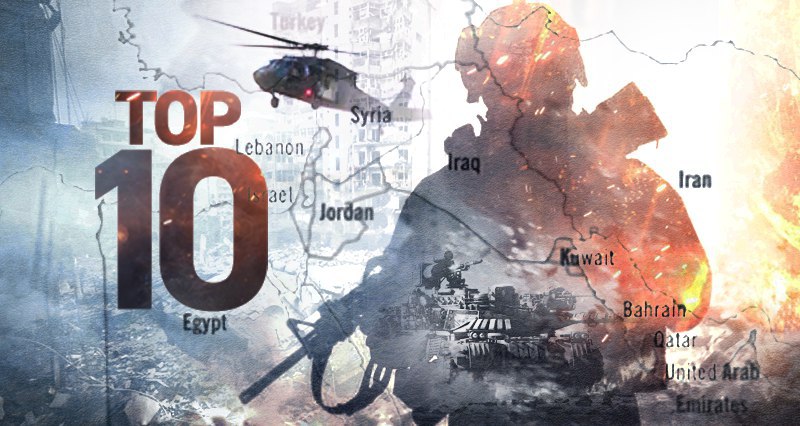


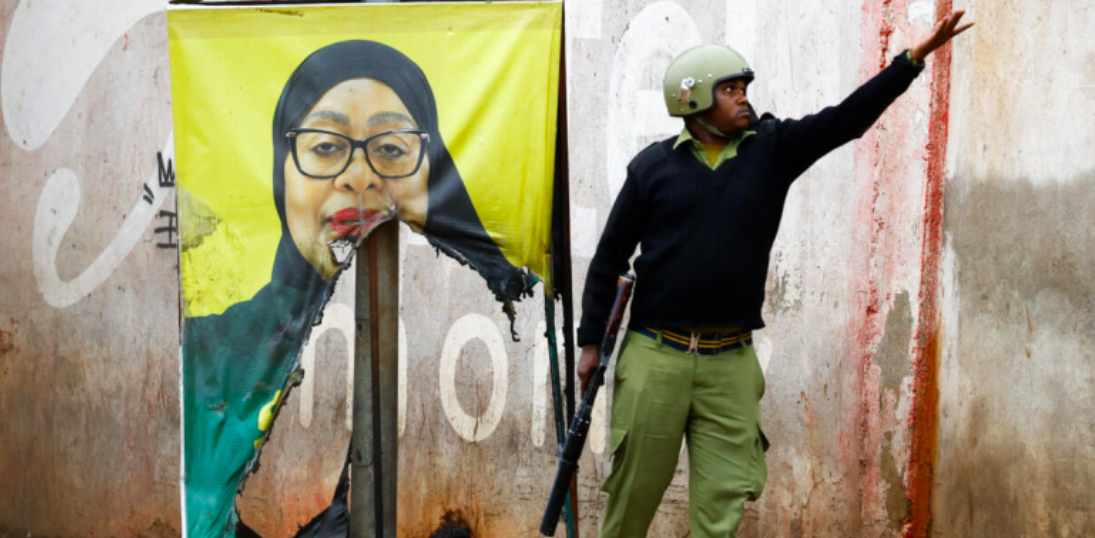


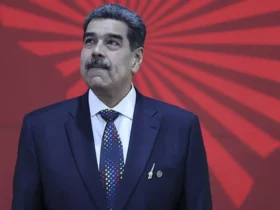

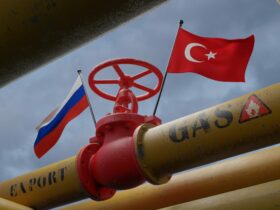
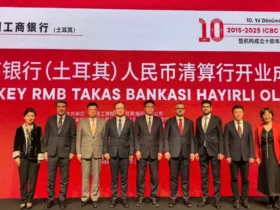
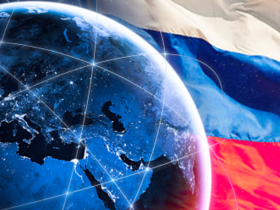

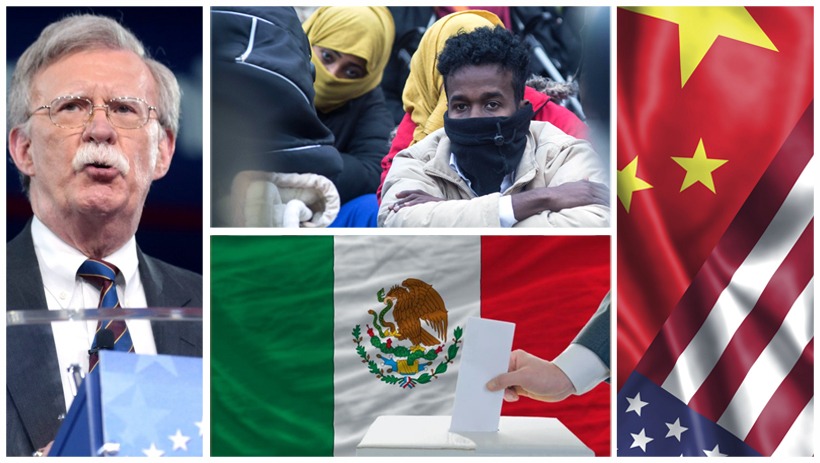
Leave a Reply